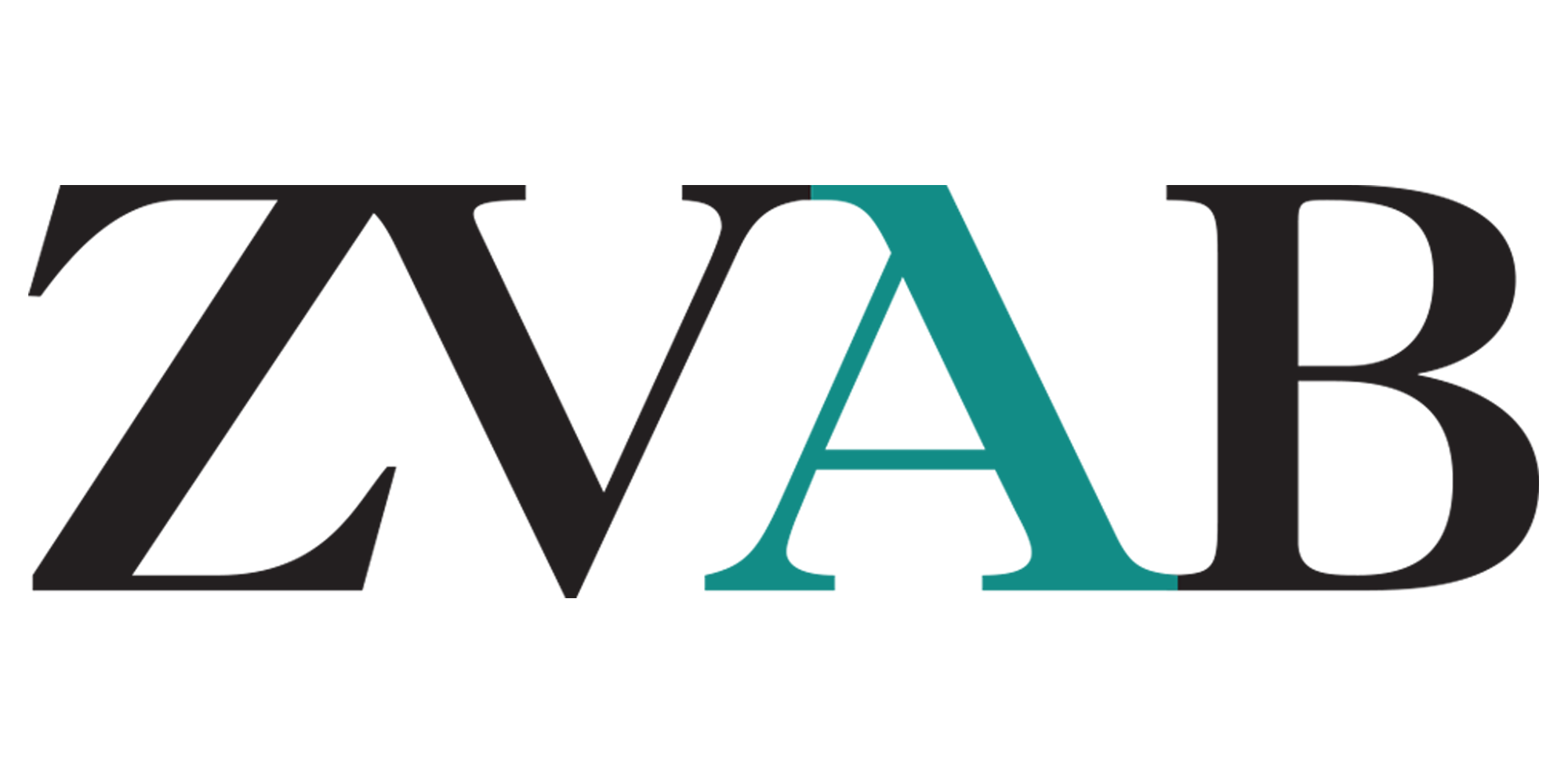
Convex Integration Theory
Kurzinformation
inkl. MwSt. Versandinformationen
Artikel zZt. nicht lieferbar
Artikel zZt. nicht lieferbar

Beschreibung
§1. Historical Remarks Convex Integration theory, first introduced by M. Gromov [17], is one of three general methods in immersion-theoretic topology for solving a broad range of problems in geometry and topology. The other methods are: (i) Removal of Singularities, introduced by M. Gromov and Y. Eliashberg [8]; (ii) the covering homotopy method which, following M. Gromov's thesis [16], is also referred to as the method of sheaves. The covering homotopy method is due originally to S. Smale [36] who proved a crucial covering homotopy result in order to solve the classification problem for immersions of spheres in Euclidean space. These general methods are not linearly related in the sense that succes sive methods subsumed the previous methods. Each method has its own distinct foundation, based on an independent geometrical or analytical insight. Conse quently, each method has a range of applications to problems in topology that are best suited to its particular insight. For example, a distinguishing feature of Convex Integration theory is that it applies to solve closed relations in jet spaces, including certain general classes of underdetermined non-linear systems of par tial differential equations. As a case of interest, the Nash-Kuiper Cl-isometrie immersion theorem ean be reformulated and proved using Convex Integration theory (cf. Gromov [18]). No such results on closed relations in jet spaees can be proved by means of the other two methods. von Spring, David
Produktdetails

So garantieren wir Dir zu jeder Zeit Premiumqualität.
Über den Autor

- hardcover
- 732 Seiten
- Erschienen 2004
- Cambridge University Press

- Kartoniert
- 272 Seiten
- Erschienen 2004
- Springer

- paperback
- 256 Seiten
- Erschienen 2025
- Birkhäuser

- paperback
- 308 Seiten
- Erschienen 2014
- Springer Spektrum

- hardcover
- 863 Seiten
- Erschienen 2019
- Springer

- Kartoniert
- 165 Seiten
- Erschienen 2020
- De Gruyter

- hardcover
- 797 Seiten
- Erschienen 1981
- Academic Press Inc

- Kartoniert
- 374 Seiten
- Erschienen 2018
- Springer Spektrum

- Gebunden
- 488 Seiten
- Erschienen 2009
- Springer

- hardcover
- 1152 Seiten
- Erschienen 2013
- Prentice Hall


















![Funktionentheorie (Vieweg Studium Aufbaukurs Mathematik) [Unknown Binding] Funktionentheorie (Vieweg Studium Aufbaukurs Mathematik) [Unknown Binding]](https://d3k2uuz9r025mk.cloudfront.net/media/image/ed/83/67/1749115111_571596802977.jpg)
















